A 68-year-old man is hospitalized with shortness of breath,fatigue, and 2+ edema-his third hospitalization in 12 months.He has heart failure (HF) (currently New York Heart Associationclass IV, ejection fraction 20%), LVH, and MI history. Heart rhythmis normal; lungs clear; lab tests within normal limits excepthemoglobin510.5 gm/dl, SrCr52.3 mg/dl; BP5160/90, pulse 85,respiratory rate522. Admitting medications: furosemide 80 mg,potassium (K), benazepril 20 mg, aspirin 81 mg, carvedilol (Coreg,GlaxoSmithKline) 6.25 mg twice daily. The resident continues allmedications, increasing furosemide to 80 mg twice daily. He askswhether adding digoxin might reduce future hospitalizations.




